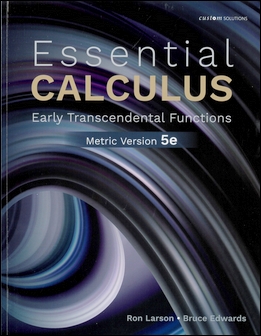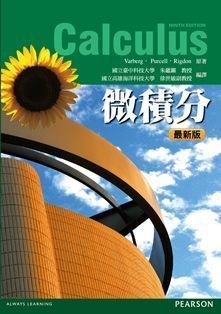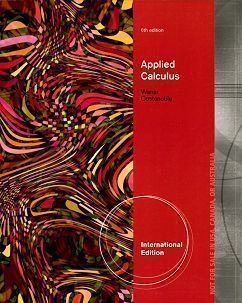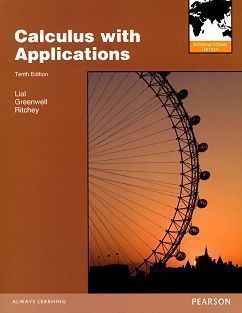書籍分類

Essential Calculus: Early Transcendental Functions 5/e (Metric Version)
作者:Ron Larson, Bruce H. Edwards
原價:NT$ 1,350
ISBN:9786269793105
版次:5
年份:2024
出版商:Cengage Learning
頁數/規格:994頁/平裝彩色
版次:5
年份:2024
出版商:Cengage Learning
頁數/規格:994頁/平裝彩色
內容介紹 本書特色 目錄
- Description
Welcome to the International Metric Version of Essential Calculus: Early Transcendental Functions. For this metric version, the units of measurement used in most of the examples and exercises have been changed from U.S. Customary units to metric units. We did not convert problems that are specific to the U.S. Customary units, such as dimensions of a baseball field or U.S. postal rates. We are excited to offer you a new edition with more resources then ever that will help you understand and master calculus. This text includes features and resources that continue to make Essential Calculus: Early Transcendental Functions a valuable learning tool for students and a trustworthy teaching tool for instructors.
Essential Calculus: Early Transcendental Functions provides the clear instruction, precise mathematics, and thorough coverage that you expect for your course.






